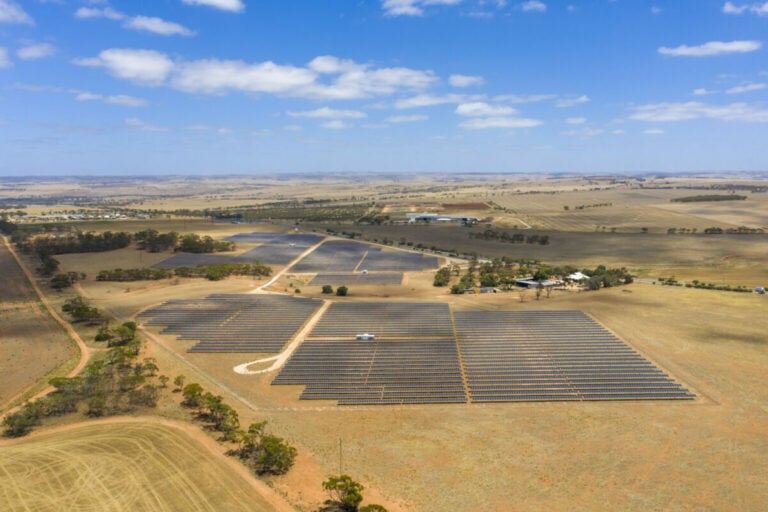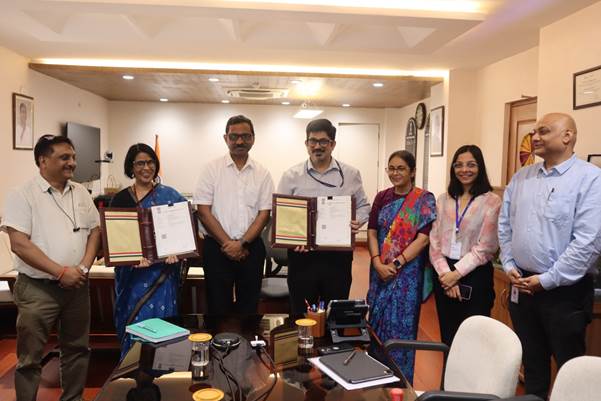(FILES) This file photo taken on May 9, 2024 shows workers installing solar panels at the Ningxia Tengger Desert New Energy Base in Zhongwei, north China’s Ningxia region. A study published on July 11, 2024 found that China is building almost twice as much wind and solar power as all other countries combined. (Photo AFP) / China OUT
Beijing, China – China has nearly twice as much wind and solar energy potential as all other countries combined, a study published Thursday showed.
The world’s second largest economy is the largest emitter of greenhouse gases that cause climate change.
China has committed to peak carbon emissions by 2030 and zero by 2060.
READ: EU probes Chinese wind turbine suppliers over subsidies
It has endured several extreme weather events in recent months, scientists say, and climate change is making it worse.
China currently has 339 gigawatts (GW) of total capacity under construction, including 159 GW of wind and 180 GW of solar.
According to a study by Global Energy Monitor, a US-based NGO, this is “almost double the rest of the world combined”.
The report notes that this number far outstrips the second-largest country, the United States, which produces only 40 GW of electricity.
READ: Biden raises tariffs on Chinese electric cars, solar cells, steel, aluminum
He said China has broken ground on a third of the new wind and solar capacity it has announced so far, compared to a global average of just seven percent.
“The stark contrast in construction rates shows the proactive nature of China’s commitment to building renewable energy projects,” the study said.
‘Turning point?’
Beijing’s extensive renewable energy production has some drawbacks.
The national grid is falling back on polluting coal plants to cope with rising electricity demand.
It is struggling to transfer renewable energy generated in remote northwestern regions to economic and population centers in the east.
However, China’s combined wind and solar power capacity is poised to overtake coal this year, according to the report.
It said the rapid expansion of renewable energy sources is raising hopes that Beijing’s carbon emissions will peak sooner than expected.
In a separate report released on Thursday, the Center for Energy and Clean Air Research (CREA) found that China will not issue new permits for coal-based steelmaking projects in the first half of 2024.
CREA said there were no new permits on a half-yearly basis for the first time since China announced its “dual carbon targets” in September 2020 – seen as a possible “tipping point” by the independent research organisation.
“As China’s steel demand peaks and more scrap becomes available, there is great potential to move away from coal-based generation, a significant opportunity to reduce emissions over the next 10 years,” CREA’s report said.
Scientists say global warming is making extreme weather more frequent and intense.
China has seen a poor summer with scorching heat in the north and torrential rain in the south.
Its weather agency predicted last week that very high temperatures will continue in the coming weeks under the influence of climate change.
Your subscription could not be saved. Please try again. Your subscription was successful.
Torrential rains in the east and south have also caused a series of deadly floods and landslides in recent weeks.




